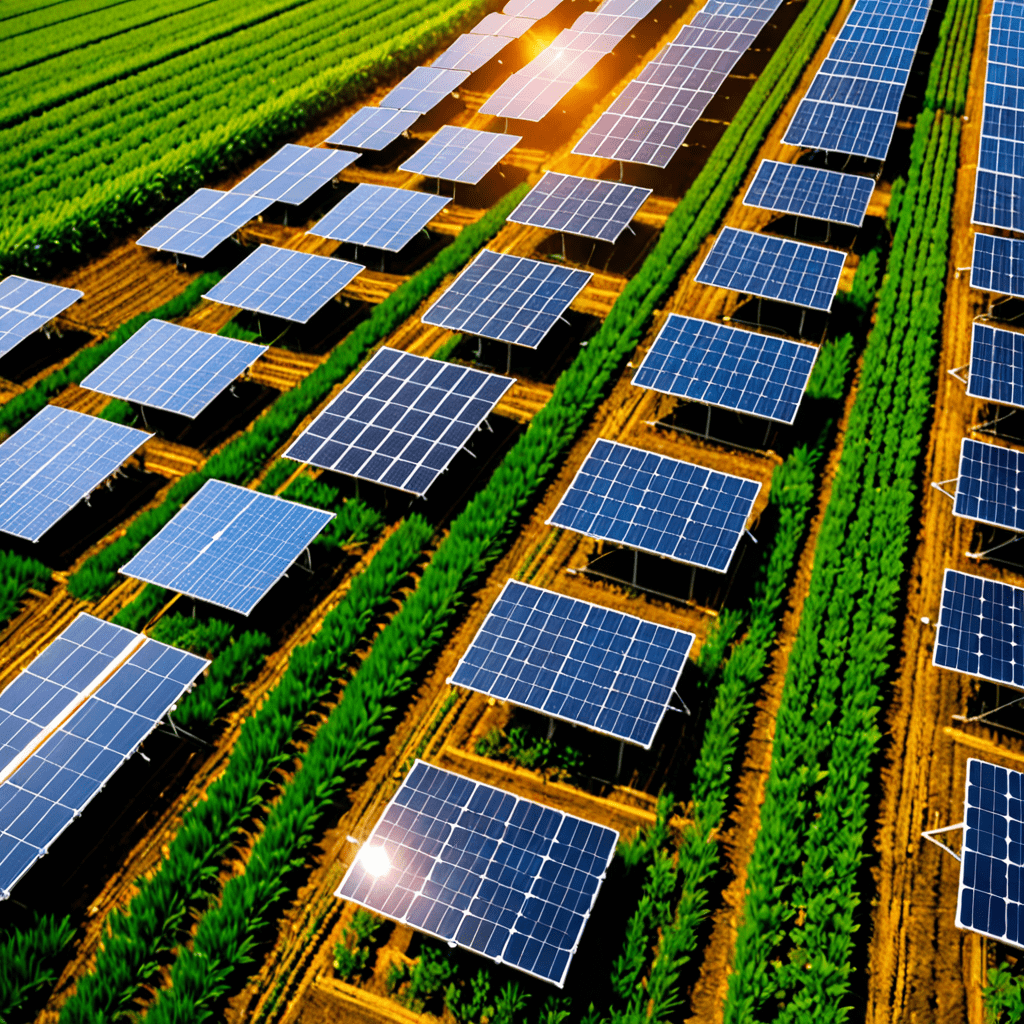The Power of Solar Energy for Disaster Resilience
In recent years, the integration of solar energy solutions has become a crucial element in enhancing disaster resilience. Let’s explore how solar power is transforming disaster preparedness and response strategies.
Solar Energy: A Reliable Source During Disasters
One of the key advantages of solar energy is its reliability during emergencies. Traditional power sources often fail during disasters, but solar panels can continue to generate electricity as long as there is sunlight available.
Off-Grid Solar Systems for Resilience
Off-grid solar systems, equipped with battery storage, provide a sustainable source of power in areas where the main grid may be compromised. These systems can supply electricity for critical needs such as lighting, communication devices, and medical equipment.
Enhancing Resilience in Vulnerable Communities
Vulnerable communities, particularly in disaster-prone regions, can benefit significantly from solar energy solutions. By implementing solar microgrids, these communities can improve their resilience by ensuring access to reliable electricity when traditional infrastructure is disrupted.
Solar-Powered Water Purification for Disaster Relief
In the aftermath of a disaster, access to clean water is often a critical need. Solar-powered water purification systems can provide a sustainable and energy-efficient way to ensure that affected populations have access to safe drinking water, reducing the risk of waterborne diseases.
Mobile Solar Solutions for Rapid Deployment
Mobile solar solutions, such as solar generators and chargers, offer a flexible and rapid deployment option for disaster response teams. These portable systems can power communication equipment, lighting, and other essential devices in remote or disaster-affected areas.
Building Resilient Infrastructure with Solar Energy
Integrating solar energy into the design of resilience-focused infrastructure can enhance overall disaster preparedness. By incorporating solar panels into shelters, community centers, and emergency facilities, authorities can ensure a continuous power supply for critical operations during and after disasters.
The Future of Disaster Resilience with Solar Energy
As the world faces increasing climate-related challenges, the role of solar energy in building disaster resilience is more critical than ever. By harnessing the power of the sun, communities can become better equipped to withstand and recover from disasters, creating a more sustainable and resilient future for all.
FAQs about Solar Energy for Disaster Resilience
What is solar energy’s role in disaster resilience?
Solar energy plays a vital role in disaster resilience by providing a reliable and sustainable source of power during emergencies. When traditional power sources fail, solar energy can continue to supply electricity for critical services like lighting, communication, and medical equipment.
How does solar energy contribute to disaster preparedness?
By incorporating solar panels into disaster preparedness plans, communities and individuals can ensure access to electricity even when the grid is down. This proactive approach helps enhance resilience and readiness for various natural disasters.
What are the benefits of using solar energy for disaster resilience?
Using solar energy for disaster resilience offers numerous benefits, including energy independence, lower long-term costs, reduced environmental impact, and increased reliability during emergencies. Additionally, solar panels require minimal maintenance, making them a practical choice for disaster-prone areas.


